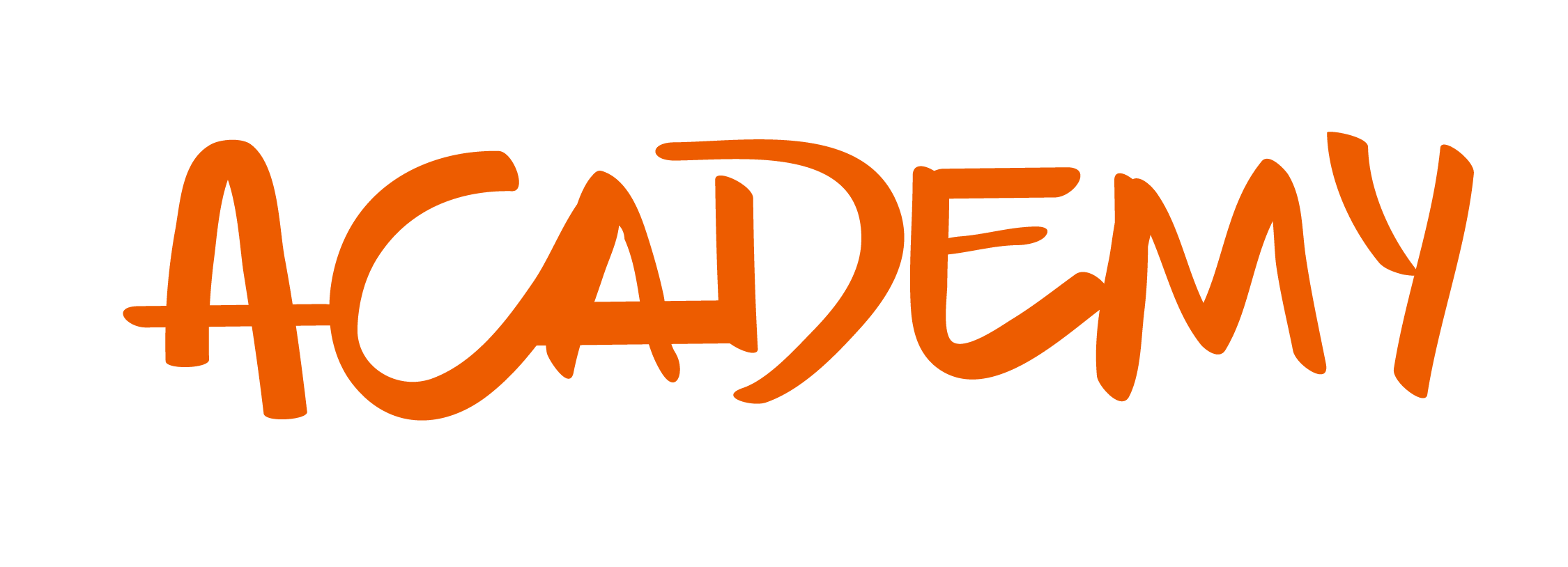A project lifecycle encompasses numerous moving pieces. For some project managers, organizing deliverables is an old hat. But it’s not always such a seamless process.
Even for those with decades of experience moving projects from start to finish, there are hiccups and difficult times along the way. With so many components to manage — budgets, timelines, stakeholders with a vested interest in your project’s success, team members, disparate skill sets, goals, and more — how do you ensure you stay organized and deliver exemplary results?
This, after all, is the way you’ll avoid chaos. That inevitably creeps in when your project management strategy leaves much to be desired — or doesn’t exist at all.
What does it mean to organize with deliverables in mind?
The organization is a pivotal part of any project. You must have all your moving pieces established and be able to keep track of them. Without having a system in place, you won’t be able to streamline your project tasks and make sense of everything involved.
You should organize your project with an eye on what you’re aiming to create: the goals you want to meet, the process you’d like to use, and the product or service you’re looking to create. This is organizing with your deliverables — essentially the end-goals of your project — in mind.
How to meet deadlines while ensuring work quality
Establish clear expectations and requirements
Organization starts with established requirements and expectations. You must work closely with team members and stakeholders to hone the project objectives. Usually, this will begin with a kickoff meeting, where key players will be present and vocalize what they want to come out of this project.
This serves as your starting point, from which you will have clear standards in place. That will help you organize your goals and allow you to move forward as a team.
Have a solid project plan
Of course, a plan is instrumental to making your project work — and staying organized. Start working on your plan during your kickoff meeting, and solidify it early on.
The project plan should describe your project goals and requirements, benchmarks, how you expect to accomplish each task, the amount of time different facets will take, the tools you will use, the people who will be involved at each step, project phases, and any other critical elements of your workflow. This lays a proper foundation for successful implementation.
Your plan will define roles, a schedule — more on that below — clear expectations for project deliverables, and more.
Leverage the right tools
Streamline your project and individual tasks and keep everything in line by leveraging the right tools. Project management software, task management tools, templates, dashboards, spreadsheets, time trackers — these are all examples of technology that will help you stay organized during your project lifecycle.
Project management software, for example, is one of the most popular means of ensuring your team is accomplishing its tasks according to established timelines. It also allows you to track progress, assign responsibilities, facilitate communication, collaborate, and more.
Time trackers, too, are a helpful way of organizing your project. You can assess how long different tasks are taking and determine whether you need to make changes in the process and see if there are any bottlenecks.
Pinpoint scope
Your plans are for naught if you don’t have your project scope clearly defined from the beginning. This is a critical facet of organization because you must know what you’re up against. It will allow you to better assess timelines and the feasibility of producing deliverables.
When you’re assessing the scope, make sure your stakeholders are informed and involved. They should understand the implications of changing scope mid-project — for example, it will inevitably extend the timeline and affect project cost. Beware of scope creep, when the scope extends during the project to the point where it has gotten far beyond the initial limitations.
Layout expectations in writing from the beginning, including how changing the scope midway through the project will affect it from multiple angles.
Establish a timeline
Your timeline is an important part of your project plan. This doesn’t just mean you should have an estimate for the time at which your project should be completed; it also includes benchmarks and milestones. The project schedule should be as detailed as possible, laying out when you want to deliver particular pieces of the project.
A work breakdown structure (WBS) is a good way of organizing individual components of a larger, more involved project. Of course, you should include specific deadlines and timelines for each piece of the puzzle, too.
Use a project management tool or other methodology to track the status of your deliverables in real-time. This will enable you to ensure that you’re closely monitoring your timeline and staying organized with all the moving pieces in mind.
Use meetings effectively but sparingly
Meetings are an inevitable part of any project. It’s a critical way of ensuring that all team members and stakeholders are on the same page and bringing to light any bottlenecks or problems with outputs.
However, you are at risk of exhausting and overwhelming your team members with meetings if you hold them too frequently. You’re probably well aware of the “Zoom fatigue” phenomenon that has been occurring during the pandemic — holding too many meetings and check-ins via videoconferencing platforms, such that people begin to lose patience — and that can happen with face-to-face meetings, too.
So, when you do schedule meetings, make them count. Hold them at a time when everyone can come, and try to keep them brief, touching on the most salient points.
Create a communication methodology
It’s not enough to simply have Slack and Zoom available to you — you must also have a well-organized structure for your methods of communication. Depending on the particular issue or context, team members should know the best way to communicate.
Establish times for routine check-ins and longer meetings, too. Emergencies do happen, of course, and your employees should feel able to contact your or other stakeholders when they arise, but otherwise, there should be a careful plan for communicating.
Assess risks
Any plans you put in place should account for risks. Risk management is an absolutely pivotal part of your project roadmap and organization structure and methodology. If you ignore risks, you’re, well, risking failure.
As part of organizing your project, you will need to understand the major failures that can occur. Try brainstorming with stakeholders and key players to identify these potential issues early on, whenever you have a new project.
Understand, too, that it’s relatively impossible to identify every potential risk. Build-in measures to account for those risks that could affect your plan without your anticipating them so that you’re not caught off guard.
Delegate
It can be difficult for someone who wants to stay organized and keep their project under control to relinquish that control to others. But delegating is a critical part of making progress on your project. Practically any project requires teamwork and input from others — you can’t do it alone.
Delegating is not the same as completely handing the reins to someone else. It means you’re trusting a team member to accomplish tasks and assuming responsibilities that align with their skillsets, all while the project manager is retaining oversight. As the chief organizer, you will establish how each responsibility fits into the larger picture.
Evaluate progress
The goals you set should be measurable. One way to establish clear, actionable objectives is to use the SMART method:
- Specific
- Measurable
- Actionable/Achievable
- Realistic
- Time-bound
This establishes a system for ensuring that you are setting realistic and actionable objectives and evaluating whether you are making meaningful progress toward meeting them.
Keep checking in along the way, ensuring your project progress is positive.
Examine results
Once you have successfully completed a project, it’s time to see how you performed. Look at KPIs, initial goals and requirements, and other aspects of your project, and measure them against your outcomes. This will help you better organize your projects in the future. Look at what went wrong, too — there were inevitably hiccups — and think about how you could do things differently next time.
Remember, though, that projects are never fully finished. You must continue to monitor results and make tweaks as needed, based on your feedback from stakeholders and consumers alike. This is certainly true of software — that’s why businesses continue to push out updates and new releases, based on bugs and other problems they find — and it’s true of other products and services, too.
…and repeat
Every time you have a new project, repeat this process, remembering that each cycle enables you to hone your organization strategy and make your next endeavor a more successful project.
How to self-manage
Self-organization is an important part of project management and delivering strong results. Here are key ways to manage yourself and your work.
Prioritize
Prioritization is paramount for organization and productivity. Chances are, no matter what your role, you have numerous tasks and responsibilities on your plate. But you can’t do everything at once.
In order to organize your to-do list, consider which tasks take precedence over others. Commit to tackling those responsibilities first, going down the list in order of priority.
Anticipate problems
We discussed how risks are part of any project. This is not only true of the full team but the individual as well. Whether you’re a project manager or an individual contributor, it’s important to understand that problems will arise. Stay on top of your assignments by anticipating what those problems could be before they escalate into issues that could derail your project altogether.
Respect team members
Remember: your team members are integral to your project. Without their input and cooperation, you won’t get anything done or achieve your goals as a business.
Part of this respect means avoiding micromanaging others. Let others leverage their skills and take ownership of their responsibilities. This will boost morale and help others feel like they are contributing to your goals as a business and team.
Moreover, lend support to your colleagues. If they need help, offer resources. If they raise issues that have merit, pay attention. Ultimately, respect has numerous benefits, including giving your team the freedom and flexibility to keep your project running smoothly, boosting productivity, and encouraging everyone to contribute to your goals.














